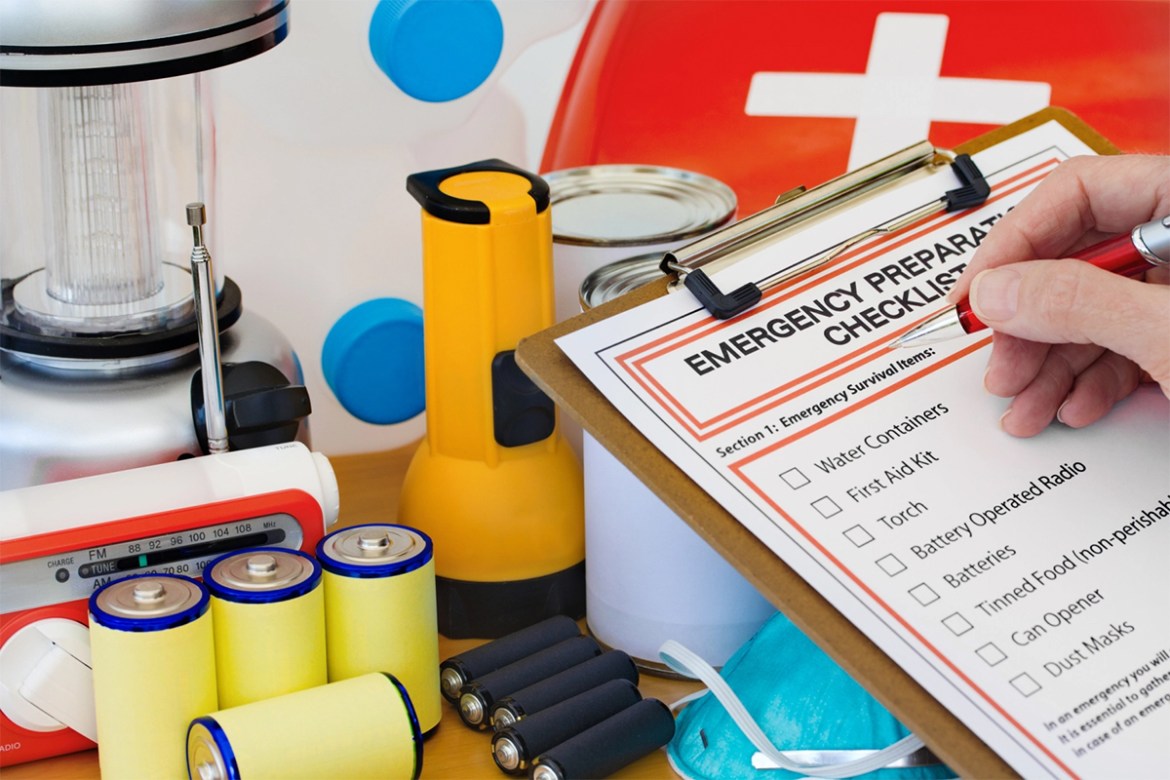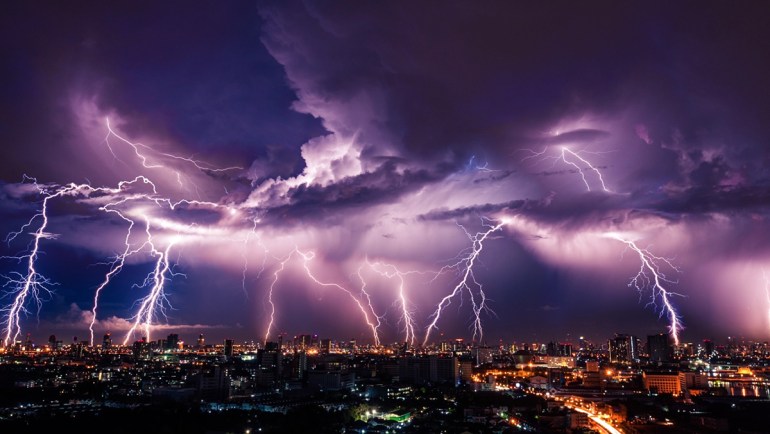Natural disasters or family emergencies can strike anytime, especially when we least expect it. When they occur, knowing what to do can save time, property, and most of all, lives.
In order to protect your loved ones and keep them safe, it’s essential to have an emergency plan. It should clearly state what you must do, who to call, and how to react quickly in case your family is placed in a tough and unexpected situation.
How can you stay safe and stay Smart during times of natural disasters or crises? Does your family have a plan for these emergencies? If not, then it’s about time you start working on one for your own household.
Here are important points to consider and steps to take:
Prepare your emergency contacts list.
Make a list of all the contact numbers of your family members, friends, neighbors, fire department, police department, hospital, and your village/barangay. Post it where it can be visible to everyone in your home (preferably on your refrigerator). Also have each member include these numbers in his/her cellphone.
Stock up on your disaster supply kit.
Put together all the basic items your family may need in extreme cases — First Aid kit, medicines, and prescription medications, non-perishable food and water good for at least three days, manual can opener, toiletries, flashlight and lanterns, batteries, radio, solar or battery-operated cellphone charger, and whistle (in case you need to signal or let others know of your location).
Know all the safe places in your house.
Identify areas in your home where you all can be safe in each kind of emergency. For instance, a high enough place in case of floods or a secure part of your house when there is an earthquake.
Discuss evacuation routes with your family.
Plan out the best and fastest route/s for evacuation. Remember, time is of the essence in emergencies – each family member should know the fastest way out of your house. Also, all important documents should be placed in one satchel or bag, ready to be carried out by any family member on the way out of the house.
Learn about First Aid and CPR.
It is a must for each family member to have practical knowledge of First Aid and CPR. Forget expensive fees, there are many free trainings as well as online short courses teaching the basics of life-saving techniques and procedures. Know them NOW so that everyone in the family can feel safe and confident that each can act promptly and quickly in times of injuries or life-threatening circumstances.
Keep fire extinguishers in your home.
Provide your home with fire extinguishers in key and accessible parts of your house; show each family member their locations and give instruction on the proper way to use them.
Familiarize your family with the switches and valves.
It may become necessary, depending on the emergency, to operate the switches and valves to shut off the supply of utilities. For instance, turning off the water supply when a strong leak suddenly erupts, shutting off the main electrical breaker switch or fuse box to avoid flames and sparks, or turning the lever to shut the gas or LPG tank when it becomes necessary. Be sure to show your family how these are done so that anyone can do these important tasks.
Practice and plan.
Applying is just as, if not more important than merely knowing these procedures. It is essential to practice what to do and how to do these emergency activities. Gather together as a family and do practice runs of these disaster scenarios at least once every six months, making sure that each family member eventually feels confident that he/she can respond promptly and effectively when these emergencies arise. Your Emergency Supply Kit should be checked every three months and the medicines, food, and water replaced or restored when necessary. The Emergency Contacts List should also be updated as often as changes occur.



